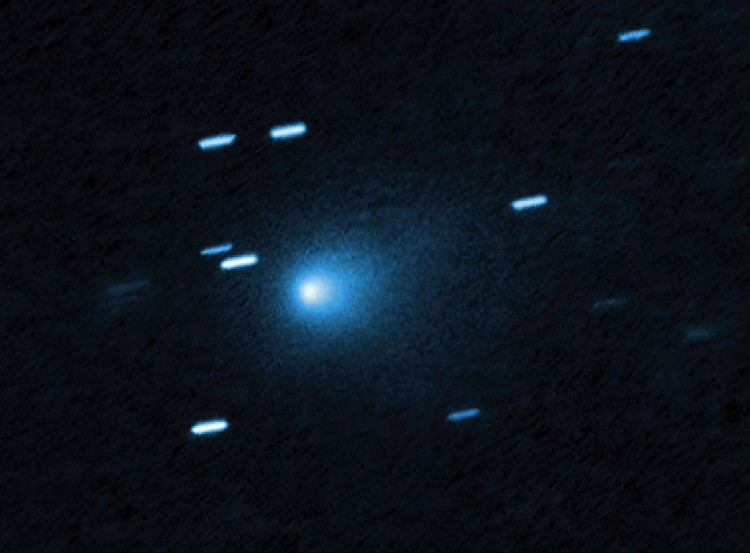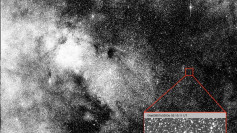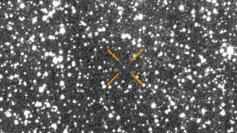The scientific debate surrounding interstellar object 3I/ATLAS has escalated sharply, with leading physicists publicly clashing over whether the object's unusual behavior indicates a natural origin or advanced extraterrestrial engineering. The disagreement, centered between Harvard astrophysicist Avi Loeb and theoretical physicist Dr. Michio Kaku, has widened as new observational data and public commentary deepen the divide.
In an interview with NewsNation on November 8, Kaku dismissed the alien spacecraft hypothesis outright, calling the object a cosmic relic rather than engineered technology. "Over seven billion years, it absorbed all kinds of materials, which explains its odd composition," he said. Kaku described 3I/ATLAS as a "garbage collector" of space matter, arguing that its unusual chemistry and behavior align with a comet that has traveled through multiple galactic environments.
"This comet is different because it's much older than anything we've seen locally," Kaku stated. He pointed to reported high levels of nickel and iron within the object, asserting that such materials likely accumulated over eons as the comet moved through varying clouds of gas and dust. In his view, the anomalies now drawing global fascination are artifacts of time, not technology.
His comments directly counter Loeb, who has spent months drawing attention to the object's changing behavior as it passed near the Sun on October 29. Loeb has said that observations suggest "seven or more jets" appeared following the solar pass. He has argued that the jets may represent propulsion-like activity, especially given claims that the object shed mass at a rate reaching billions of tons.
Loeb has also argued that 3I/ATLAS' acceleration and rapid brightening could indicate artificial control. He has urged NASA to release high-resolution images taken by the Mars Reconnaissance Orbiter in early October, which have not yet been publicly shared. Loeb said the images could help determine whether the object fragmented naturally or was engineered. He has also suggested that if the jets are "thrusters," they would require far less material loss than natural sublimation.
Kaku rejected the propulsion interpretation. "Speculation is fine," he said. "But you have to quantify it. Otherwise, you panic the public, and the public wants to know the truth." He added that a sudden change in speed could be explained by material breaking away from the body, altering the object's momentum.
As the debate continues, 3I/ATLAS remains under active observation. Scientists are working to analyze brightness shifts, mass-loss estimates, and structural integrity as the object moves farther from the Sun and away from close-range instrumentation. The controversy has heightened public interest in interstellar study, while also intensifying scrutiny of how scientific speculation is communicated.




